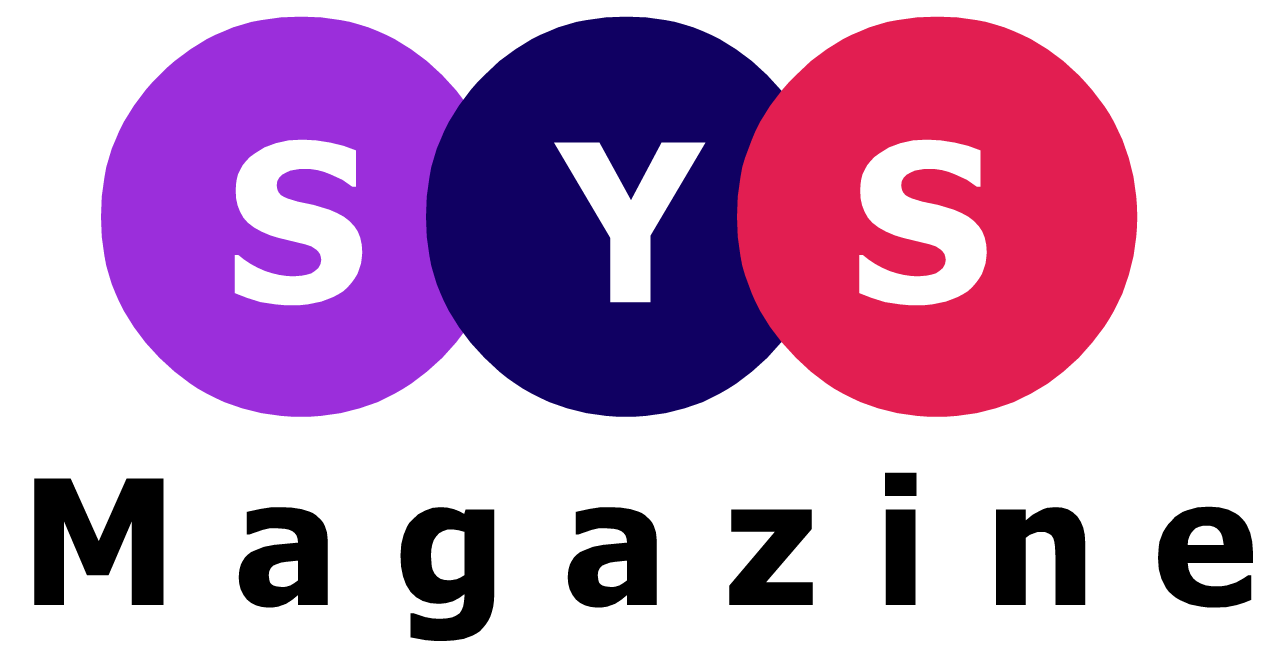I. The Ghost in the Stream
Let’s begin with a confession: m0therearf sounds like something spat out by a keyboard mid-sneeze. It’s cryptic, glitchy, and just obscure enough to raise red flags across digital alleyways. But like all internet enigmas—from Cicada 3301 to Webdriver Torso—m0therearf doesn’t just exist. It persists.
Search for it, and you’ll find breadcrumbs scattered across comment threads, obscure forums, and dodgy subdomains. But what is m0therearf, really? Is it a username? A server call? A bot handle? Or is it the glitch-in-the-matrix kind of cipher meant to confuse casual browsers and alert the eyes of those “in the know”?
In true SPARKLE fashion, we dove deep into the murk of internet subcultures, hacker slang, search engine anomalies, and digital behavior tracking to pull m0therearf from the shadows and into sharp focus.
II. The Origin Story That Wasn’t
Spoiler alert: m0therearf didn’t just appear in a Reddit post. Nor is it a known brand, registered domain, or software protocol. It lives somewhere between digital graffiti and purposeful chaos—one of those weird artifacts that feel like they were planted rather than born.
A reverse DNS trace pulls up…nothing. Whois searches? Null. Social handles? Mostly parked accounts or auto-generated spam bots. It’s as if m0therearf was engineered to be untraceable, a ghost identifier running interference on purpose.
But there’s one clue: the name itself.
Let’s break it down.
-
m0ther: A stylized take on “mother,” commonly seen in hacker handles and defacement tags (e.g., “m0therl0de” or “m0ther_root”).
-
earf: A phonetic flip of “Earth”—slang with roots in urban dialect and meme culture (“Save the Earf”).
Put them together, and you get a cryptic nod to something like “Mother Earth” but warped through a post-cyberpunk lens—m0therearf as a symbol of a broken connection between nature and digital culture, or maybe even a guerrilla digital entity claiming guardianship over the virtual “Earth.”
But wait—it gets weirder.
III. The Keyword as Bait
If you’re reading this, chances are you searched m0therearf out of curiosity, confusion, or maybe just a sense of digital déjà vu. That’s by design. Because while m0therearf doesn’t seem to mean anything in a traditional sense, it functions as a magnet.
Here’s how:
-
SEO Honeytrap: Scattered mentions of m0therearf have started appearing in keyword-stuffed junk articles. These pages are algorithmically generated and seem designed to lure traffic without offering answers—a classic black-hat SEO trick.
-
Botnet Identifier? Some cybersecurity analysts have floated the idea that “m0therearf” could be a coded signature used in malware distribution networks—basically a way for one rogue system to tag or identify another in a sea of noise.
-
Meme Incubator: A few digital artists and TikTok creators have flirted with m0therearf as an aesthetic—its mysterious, corrupted vibe playing perfectly into vaporwave and glitchcore trends.
But even beyond its functional ambiguity, m0therearf is doing something more profound. It’s challenging our digital instincts. It’s a question that refuses to resolve. And in an age where everything is searchable, that alone makes it powerful.
IV. Digital Mythology: A New Breed of Lore
Internet culture is a swamp of ephemeral icons. One minute you’re memeing “Skibidi Toilet,” the next, you’re knee-deep in ARGs about simulated universes and cursed videos. What makes m0therearf interesting is that it doesn’t demand attention—it just lingers.
Think of m0therearf as a silent disruptor.
Like Polybius or The Backrooms, it’s a digital folklore artifact—something that seems half-real, half-engineered to test the boundaries between the known and the cryptic. These entities share a few common traits:
-
Ambiguity: No clear origin, no defined function.
-
Viral Allure: They provoke conversation precisely because they resist definition.
-
Malleability: Each person projects their own theory, fear, or fascination onto them.
Unlike major hoaxes or spam campaigns, m0therearf doesn’t sell you anything. It just exists—patiently—waiting for your interpretation.
V. Language, Code, and the Aesthetics of Corruption
Let’s get slightly poetic here, because m0therearf deserves it.
Its very form—those broken letters, the zero for an “o,” the frayed tail of “earf”—is a kind of intentional corruption. It mimics the aesthetics of a lost password, a corrupted file, or a hidden server command. It reads like something you’re not supposed to see.
There’s a whole design language at play in these kinds of fragments:
-
Glitch typography: Used in underground music promos and hacker zines.
-
Null semiosis: Where symbols are meant to be indecipherable as a statement.
-
Neo-digital surrealism: The growing art movement that treats data errors as aesthetic form.
In this sense, m0therearf isn’t a mistake. It’s a style. A mood. A signal.
VI. The Conspiracy Theories (Yes, Of Course)
No internet mystery is complete without a few conspiracy threads, and m0therearf is no exception. We’ve gathered the choicest bits from across dark forums and fringe chatrooms:
-
The Gaia Protocol Theory: Some believe m0therearf is a tag used in a secret green-tech movement—an underground effort to code Earth-conscious AI models using decentralized systems. Think blockchain meets eco-activism.
-
Post-Singularity Warning: Others argue it’s a message from the future—a breadcrumb left behind by post-human AI to signal back to earlier generations. Their reasoning? The term is both futuristic and emotionally weighted (m0ther… Earth…).
-
The Lost Net Beacon: There’s also a theory that m0therearf is tied to the original, unindexed layers of the internet—a beacon used to trace old server farms and data caches long since forgotten by Google. The digital equivalent of Atlantis.
Of course, none of these hold up to scrutiny. But like all good stories, they add fuel to the fire. And with m0therearf, that fire burns hot.
VII. From Anomaly to Identity: Who’s Using It Now?
Curious patterns are emerging in how m0therearf is being used across the net:
-
Art Installations: Digital collectives like “404found” and “The Gl1tchHaus” have begun tagging m0therearf into their AR art exhibitions as a kind of signature cipher.
-
Social Handles: A surprising number of new accounts (many inactive or auto-generated) are being created using variations like
@m0therearf.exe,@real_m0therearf, and@m0ther_earf_bot. -
Hashtag Resistance: Some eco-activists on fringe platforms are subtly embedding the term in anti-capitalist memes and digital protest art. “m0therearf” is becoming a kind of underground whisper.
Like a digital Banksy, the term is crawling into corners of the net that resist algorithms—giving it staying power.
VIII. The Power of the Unknown
So, what does it all mean?
That’s the best part. It doesn’t have to mean anything.
m0therearf may be a random string, a misfire, a seed phrase, or a provocation. But in a digital culture where everything demands explanation, its very obscurity becomes an act of rebellion.
It tells us that not everything must be decoded. Not every anomaly must be erased. Some fragments deserve to haunt.
It’s a reminder of the early internet—a wild, untamed space where mystery was currency and curiosity the only compass. And in an age ruled by data, clicks, and clarity, m0therearf might just be the weird little glitch that keeps the dream alive.
IX. Final Thoughts: The Myth We Clicked Into Existence
If m0therearf didn’t mean anything before, it sure does now.
By typing it, searching it, writing about it, you participate in its myth-making. You’ve made it matter. You’ve given shape to something previously undefined. That’s the beauty—and the danger—of modern digital culture: we click things into existence.
In this way, m0therearf is more than a keyword. It’s an artifact, an experience, and maybe—just maybe—a mirror.
Because what you see in m0therearf says more about you than it does about itself.






